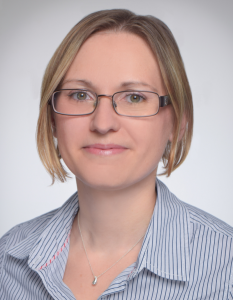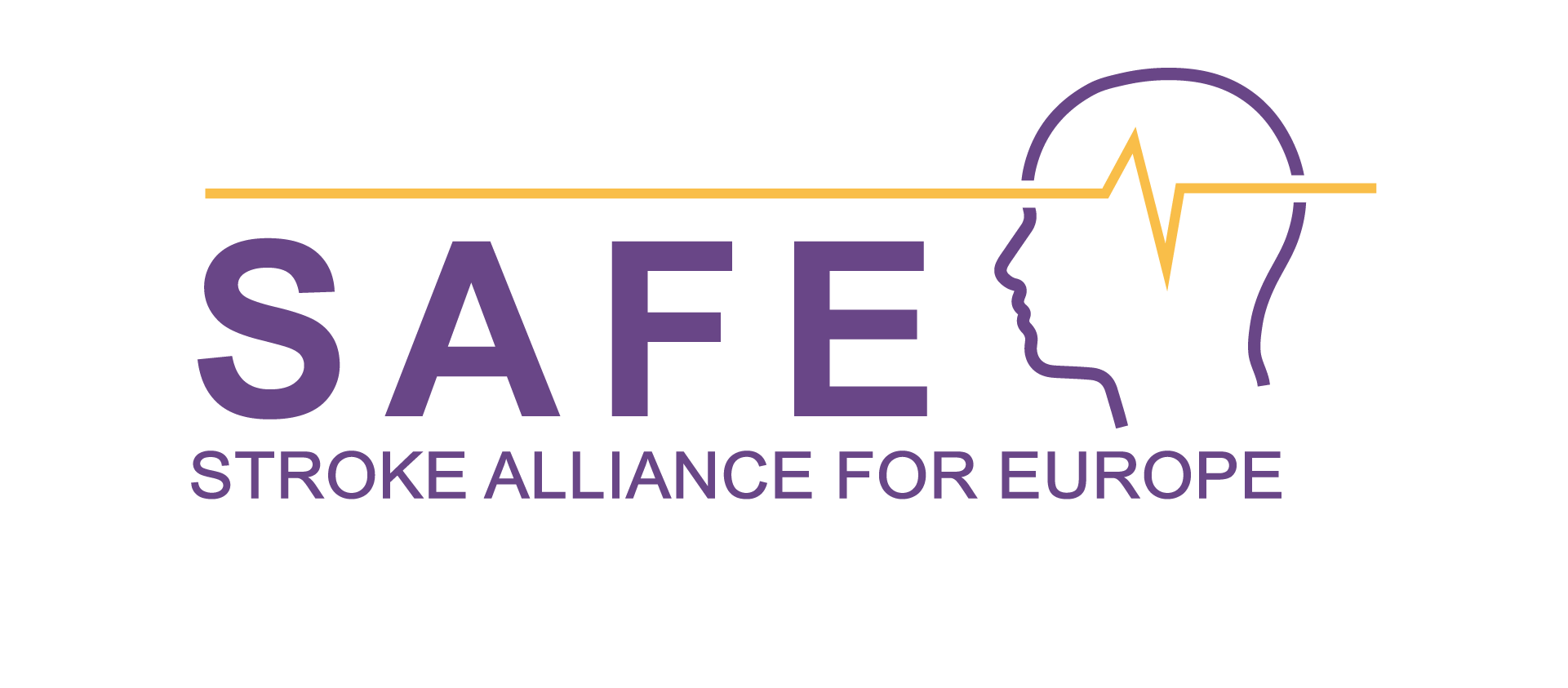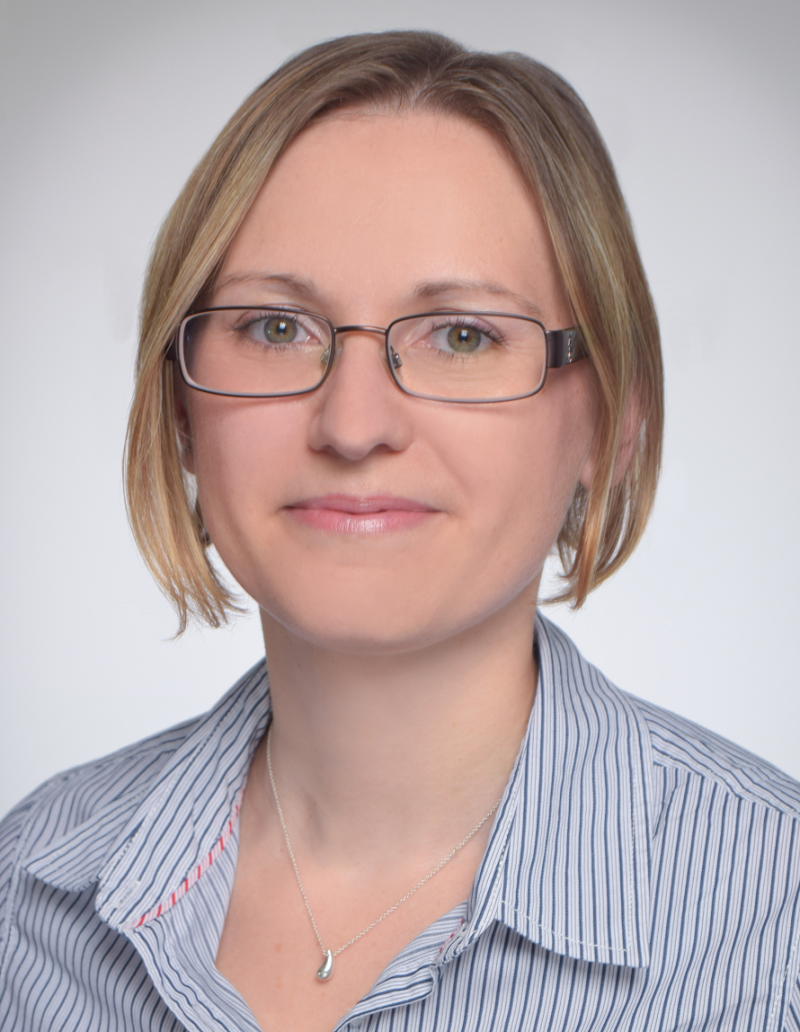
Anna Kopczak, MD, study physician & neurologist in SVDs@Target project
Stroke and dementia rank among the most pressing health issues in Europe. Cerebral small vessel diseases (SVDs) have emerged as a central link between these two major co-morbidities. SVDs account for more than 30% of strokes and at least 40% of dementia cases.
They encounter multiple distinct diseases that can be separated based on their underlying genetic defects, risk factors, and clinical presentations. Despite this profound impact on human health, there are no treatments with proven efficacy against SVDs.
SAFE was glad to have a talk with Anna Kopczak, MD, study physician & neurologist from the Institute for Stroke and Dementia Research (ISD) at Klinikum der Universität München, Munich, Germany.
SAFE: What is ‘small vessel disease’ or ‘SVD’ and why is it important to
know more about it?
AK: As its name implies `small vessel disease` or abbreviated `SVD` is a pathological disorder of the small vessels in the body. In our project SVDs@target, we are investigating small vessels in the brain. These so called cerebral small vessels are of great relevance for the proper functioning of the brain. Disorders of the cerebral small vessels may cause diseases such as stroke and dementia. It is important for us to investigate SVD to understand more about the underlying pathologies of stroke and dementia.
SAFE: What is your personal involvement with the subject of SVD, how
long are you interested in this subject?
AK: I got fascinated with this topic since I heard a great talk about current research in the subject of SVD several years ago. My supervisor Martin Dichgans, the coordinator of the project SVDs@target, gave me the opportunity to work on small vessel disease and to see patients with sporadic and hereditary small vessel diseases.
SAFE: Are there more then one type of this disease and what can be done
to stop it from developing?
AK: In general, SVD can be divided according to the heritability into sporadic SVD and genetic SVD. We investigate common features of both types. SVDs show a broad range of clinical manifestations. Cognitive deficits and cerebral ischemia are two possible manifestations of SVD. The reduction of vascular risk factors such as hypertension, diabetes mellitus, hypercholesterinaemia and nicotine intake is most important to stop the development and progression of small vessel disease by now.
SAFE: Is there a way to discover SVD in time to prevent furter damage to
the brain?
AK: SVD is often discovered in radiological scans, e.g. performed for the clinical diagnostics of stroke or dementia. It is always useful to adjust vascular risk factors to prevent further damage to the brain. But we also see young people with genetic SVDs in their family history. We discuss with them the possibility of a genetic testing for SVDs. But even when SVDs is diagnosed at an early stage, there is no causal therapy to prevent further damage yet.
SAFE: Is SVD treatable and how?
AK: Up to now, the only therapeutic option is the reduction of vascular risk factors to prevent additional damage to the cerebral small vessels. Unfortunately, there is no curative treatment available yet.
SAFE: When did the research project SVDs@target started and what do you
expect would change once the research is completed?
AK: The research project SVDs@target started in January 2016. This great project on SVDs which will give us more insights in the underlying pathology of SVDs. At the end of our project, we will know more about the local environment of cerebral small blood vessels, about the role of the blood brain barrier in SVDs and about the influence of blood pressure agents on the function of cerebral small blood vessels.
SAFE: Who is funding this research and how do you invlove patients/
stroke support organisations in it?
AK: This research project is funded by the European Union and we are happy to have SAFE as a partner in our project.





